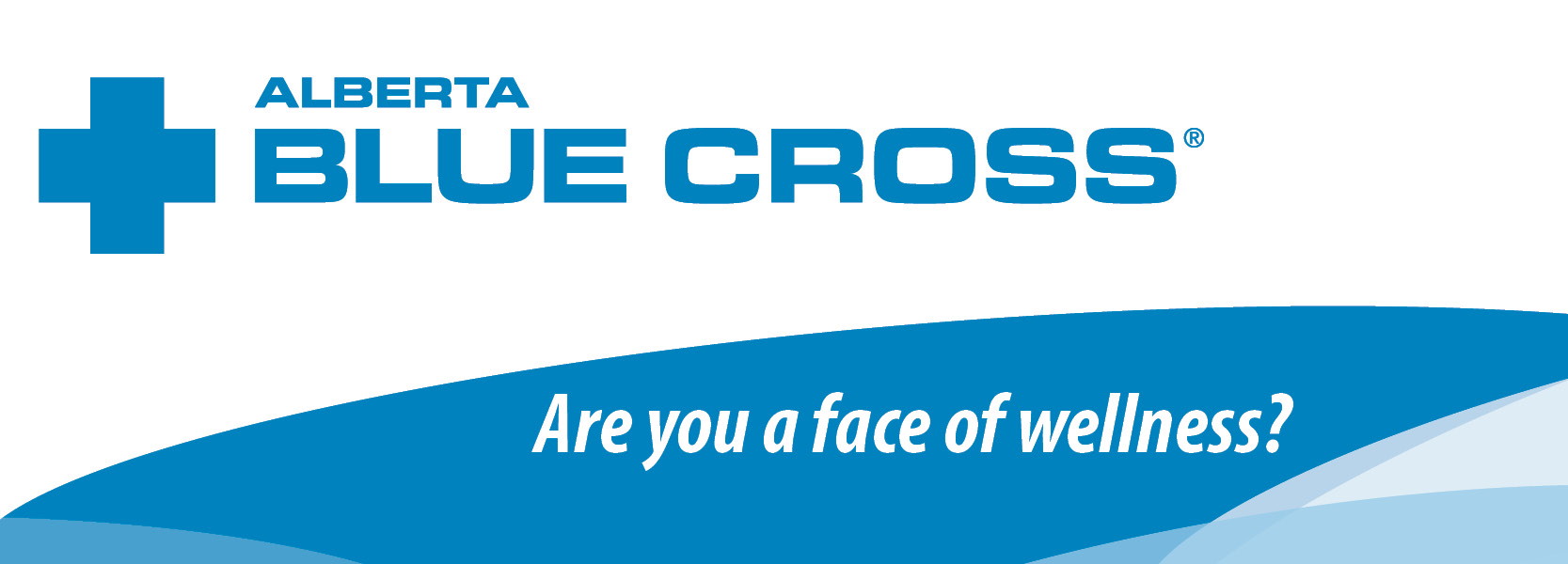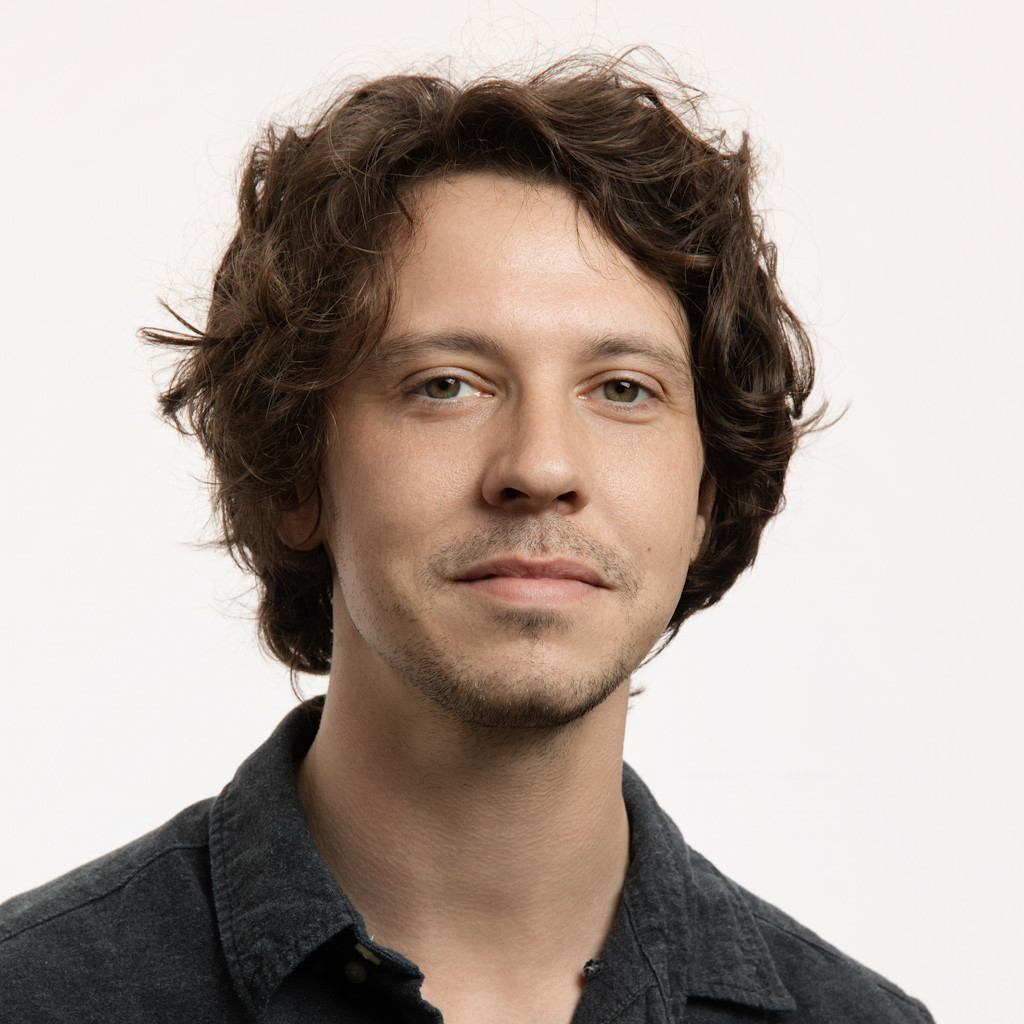
Course aims to better educate doctors about obesity
By
Brett McKay
A new course spearheaded by the Edmonton-based Obesity Canada aims to help doctors and other healthcare professionals better understand what obesity is and how best to treat it.
The program, called Calibre (for Canadian Advanced Learning in Bariatric Care), was launched at the end of September by Obesity Canada, which is based at the Li Ka Shing Centre for Health Research Innovation at the University of Alberta. Its partners in the project are the Canadian Society of Endocrinology and Metabolism and the European Association for the Study of Obesity.
"Healthcare practitioners in Canada and globally typically receive little to no education or training in obesity management, and so professional education is a core activity for Obesity Canada," said Dr. Sanjeev Sockalingam, Calibre's course director.
Calibre provides knowledge and tools for clinicians in a streamlined way designed to build confidence in treating obesity in collaboration with their patients. Roughly half of the material is available in self-directed readings and video formats, with additional live online workshops to give participants the benefit of learning from peers and experts.
"While obesity is a chronic disease, it is not a heterogenous one — how it develops and how it can be successfully managed are not the same for everyone who lives with it," said Sockalingam, who is also a professor and vice-chair of education for the department of psychiatry at the University of Toronto.
"Calibre reinforces the new definition of obesity, where excess or abnormal fat accumulation affects one's health; it's not about size, BMI, or a number on the scale, but about objective health measures. In other words, you don't have obesity just because you live in a larger body – it's only when weight affects health, such as having high blood pressure, diabetes, et cetera, that one can be diagnosed with obesity."
The program builds off of the Canadian Adult Obesity Clinical Practice Guidelines (CPGs) previously developed by Obesity Canada and Canadian Association of Bariatric Physicians and Surgeons, with additional expertise from faculty to underpin practical advice for healthcare workers.
The CPGs grew out of the work of Dr. Arya Sharma, the past scientific director of Obesity Canada. He came up with what came to be known as the Edmonton Obesity Staging System as a way to get away from body-mass index to understand someone's health needs.






